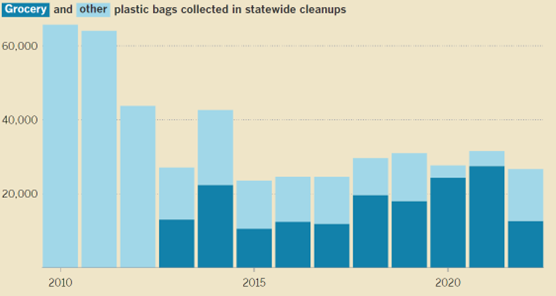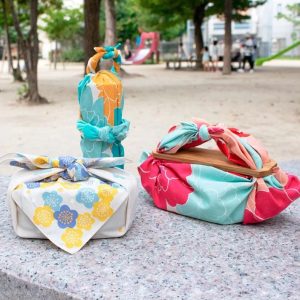Growing up I had a front porch. It wasn’t the coolest one on the block, and was by no means the most interesting, but it got the job done. When I moved to another part of the neighborhood in 1st grade, I got new neighbors, a higher squirrel population, and a cool alleyway behind the backyard, but unfortunately no porch. Fast forward to the current year, living in the Greenbelt cabin, has made me realize what I’ve been missing the past 11 years of my life. Porches and other outdoor sitting areas encourage you to spend more time around nature and use less electricity. As such, in this blog I’m going to articulate what exactly makes porches not only appealing, but quite sustainable as well.
As humans, we all want control in our lives, right? It seems to be the cause of much of our problems and, well, solutions to those problems as well. The temperature is 96 degrees out so what do you do? Stay in shade, drink more water, and maybe take the opportunity to go for a swim. Or retreat to your nice insulated home and crank the AC till the windows frost over. In our age of endless solutions, its much easier to pick the second option, and take control of your environment. What’s easy to forget, however, is the damages that much of these solutions can cause. Air conditioning, despite its easy fix to a hot climate, releases greenhouse gases such as carbon dioxide into the environment. According to an article from UN Environmental Program, AC accounts for 20% of a given building’s power consumption. Not only this, but they are accompanied by the electricity costs of all of your other home appliances and environmental regulators, such as lighting, electronics, and so on. We know that these appliances all contribute to energy consumption as well as climate change, but we still use them out of a need for control over our environment. What am I proposing then, that we should all go live outside and surrender ourselves to the elements in order to minimize our impact on the environment? While this may be an appealing idea to some of you out there (I’m looking at you backpackers), it is simply not viable or particularly comfortable for the vast majority of people. What we all can do, however, is simply spend more time outside, something that a porch makes incredibly convenient to do.
 – The Greenbelt Cabin Porch
– The Greenbelt Cabin Porch
Spending your time outside instead of in the enclosed comfort of your home doesn’t just benefit the environment, it also can greatly benefit your physical and mental health. According to an article from UC Davis Health, being outside and engaging with nature “has a positive effect on our bodies by reducing cortisol levels, muscle tension, and demands on our cardiovascular systems.” Not only can being outside reduce stresses to our physical and mental wellbeing, but it can also help your body produce extremely vital vitamin D. According to an article from the National Institute of Health, in the US “almost one out of four people have vitamin D blood levels that are too low or inadequate for bone and overall health.” Spending more time outside can help you reap the natural benefits of the sun’s rays, helping you to regulate your health and wellbeing.
There are many reasons why one may prefer the inside at a given time to the outdoors. It could be too cold, windy, or your neighbor’s car alarm could be wailing nonstop. Just being outside means you are giving up some of your control over your environment, and well, that is what makes it so appealing. In an age where we have increasing control over all aspects of our lives, it is refreshing to embrace the fact that in the natural world, we are not in control. Sure, our houses may remain the same temperature and never blow our hats off with a gust of wind, but the moment you step outside, anything can happen. It is because of this contrast with the stability of the rest of the house, that the porch has won me over. Not only is it healthy and sustainable to spend your time outside, but the porch provides a space to realize how connected we are with the environment, despite how distant it can feel behind closed doors.
References:
Air conditioners fuel the climate crisis. can nature help?. UNEP. (n.d.-b). https://www.unep.org/news-and-stories/story/air-conditioners-fuel-climate-crisis-can-nature-help#:~:text=How%20does%20cooling%20contribute%20to,double%20burden%20for%20climate%20change.
UC Davis Health. (2024, October 1). 3 ways getting outside into nature helps improve your health. health. https://health.ucdavis.edu/blog/cultivating-health/3-ways-getting-outside-into-nature-helps-improve-your-health/2023/05
U.S. Department of Health and Human Services. (n.d.). Office of dietary supplements – vitamin D. NIH Office of Dietary Supplements. https://ods.od.nih.gov/factsheets/VitaminD-Consumer/













